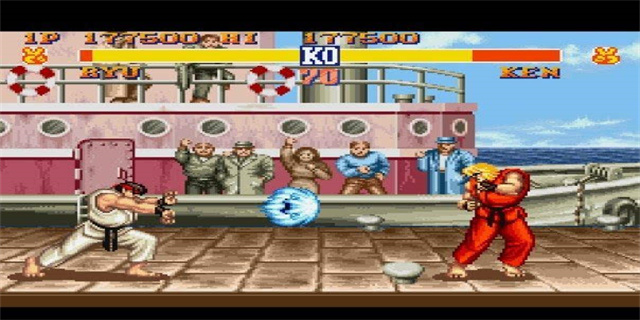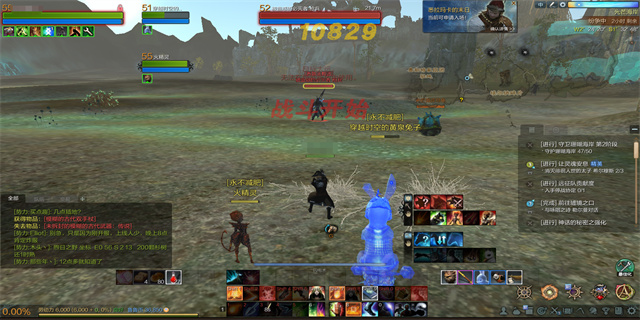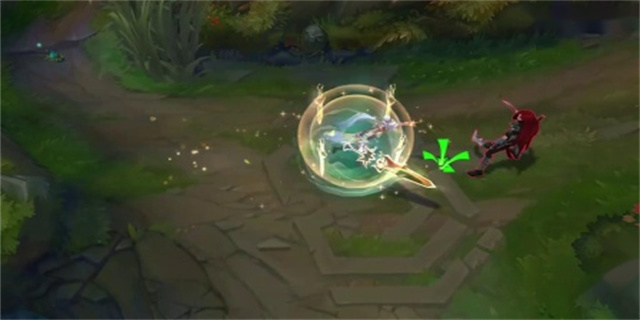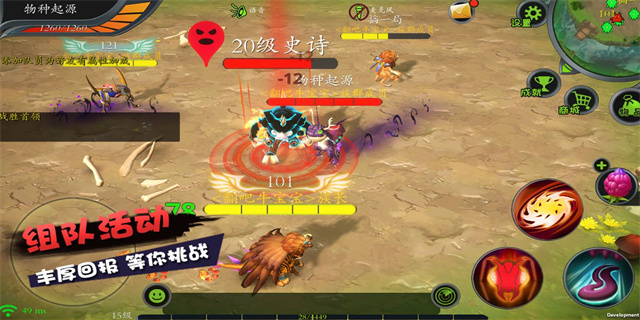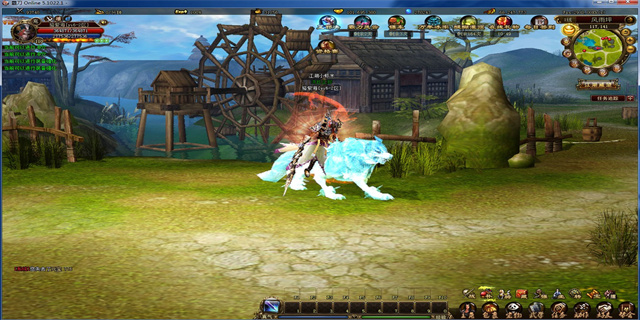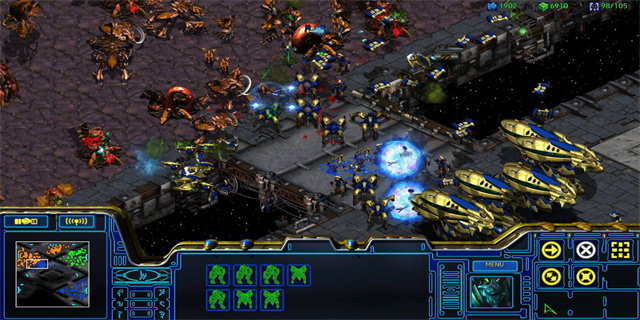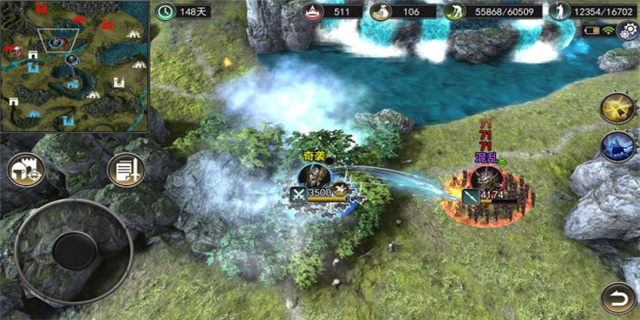DirectX 9c: A Comprehensive Overview
Introduction
DirectX 9c is a graphics and multimedia API (Application Programming Interface) developed by Microsoft. It offers a comprehensive set of tools and functionalities for developing high-performance 3D graphics, audio, and video applications on the Windows platform. This article aims to provide a detailed overview of DirectX 9c, its key features, and how it has contributed to the evolution of computer graphics and gaming.

Overview of DirectX 9c
DirectX 9c was released in 2004 as an upgrade to the existing DirectX 9 API. It introduced several new features and improvements over its predecessor, making it the go-to choice for game developers and multimedia creators. The primary focus of DirectX 9c was to enhance the visual and audio experience for users, paving the way for more realistic and immersive gaming environments.

Key Features of DirectX 9c
1. Shader Model 3.0:
One of the significant additions in DirectX 9c was the introduction of Shader Model 3.0. This feature allowed developers to create more advanced and visually stunning graphics effects by using programmable shaders. Shader Model 3.0 opened up a world of possibilities, enabling realistic lighting, shadows, and complex visual effects in games and applications.
2. High-Level Shader Language (HLSL):
DirectX 9c introduced HLSL, a programming language specifically designed for creating shaders. HLSL made it easier for developers to write and manage shaders, which are essential for rendering complex visual effects in real-time. It provided a higher level of abstraction and simplified the process of creating realistic materials, reflections, and post-processing effects.
3. Direct3D 9:
Direct3D 9 is the graphics component of DirectX 9c. It offers a powerful set of APIs, allowing developers to create 3D graphics with high performance and efficiency. Direct3D 9 supports a wide range of features including multitexturing, vertex blending, and pixel shading, enabling developers to build visually stunning games with smooth framerates.
4. DirectSound and DirectMusic:
In addition to graphics, DirectX 9c also provided enhancements in audio capabilities. DirectSound offered improved audio playback and mixing, while DirectMusic enabled developers to create interactive and dynamic music experiences in games. These features contributed to a more immersive gaming experience by providing rich and realistic audio effects.
Impact on Gaming and Multimedia Industry
DirectX 9c had a profound impact on the gaming and multimedia industry. Its advanced features and improved performance allowed game developers to create visually stunning and immersive games. The introduction of Shader Model 3.0 enabled realistic lighting, shadows, and special effects, taking game visuals to a whole new level. DirectX 9c also played a crucial role in the evolution of multiplayer gaming by providing efficient networking capabilities and improved audio features.
Moreover, DirectX 9c paved the way for the development of multimedia applications beyond gaming. It facilitated the creation of professional 3D modeling and animation software, video editing tools, and simulators. The versatility and power of DirectX 9c made it a popular choice for developers working in various industries, driving innovation and pushing the boundaries of what was possible in interactive graphic applications.
Conclusion
DirectX 9c revolutionized the gaming and multimedia industry with its advanced graphics and audio capabilities. The introduction of Shader Model 3.0 and HLSL empowered developers to create visually stunning effects and realistic environments. DirectSound and DirectMusic enhanced the audio experience, further contributing to the immersion. With its profound impact, DirectX 9c paved the way for the development of a wide array of applications, taking computer graphics and multimedia to new heights.
In conclusion, DirectX 9c remains a crucial part of the gaming and multimedia landscape, leaving a lasting legacy as one of the most influential APIs in the industry.






